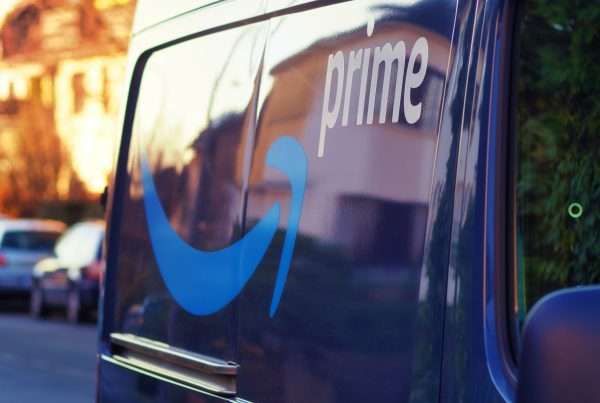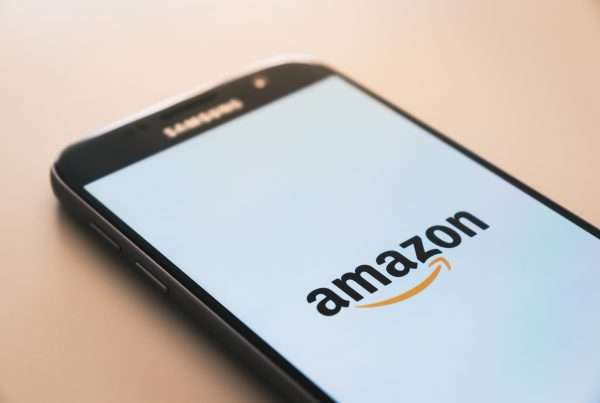By: Alex Kiriazis, Marketplace Account Manager
Amazon is the world’s largest online retailer and all the normal retail rules apply. Brands need to comply with regulations, schedule around supply chains, and play by Amazon’s rules. If any of these are not met, Amazon may prevent your product from being sold or pull it off their site completely. As a brand, it is your responsibility to stay on top of everything needed for your product to remain eligible, commonly known as product eligibility. Here are the six most common reasons why your product may be ineligible for sale, and how to bring them back into eligibility.
1. No Inventory
This may seem obvious, but we encounter this problem more often than the others, as it applies to both fulfilled by Amazon (FBA) and fulfilled by merchant (FBM). It’s vitally important that, from an FBA perspective, you are sending your inventory to the Amazon warehouses in a timely manner when you notice stock running a bit low. Once that inventory hits zero, you’re stuck until it’s replenished. When checking FBA inventory be sure to check for “unfulfillable inventory” in your catalog. Unfulfillable inventory can mean a product is expired, damaged, or it was returned by a customer and is now unsellable.
If you’re experiencing a delayed shipment (those pesky suppliers), but you don’t want to miss out on potential sales in the down time, you can modify your listing’s “back in stock” date to when you will have inventory. It is highly recommended that you overestimate the back-in-stock date by at least two to four weeks beyond your expected delivery date, as Amazon (and your customers) will not look favorably on you extending the date.
On the ads side, this is a blessing and a curse. For Sponsored Products, once the product is out of inventory, the ad immediately stops showing. That’s good in that you don’t have to worry about wasting your ad spend on a sale you can’t make. On the other hand, if you want to drive traffic to your product page, you’re out of luck.
If you still want to keep eyes on your products, consider shifting your ad spend toward Sponsored Brands and direct the traffic to your storefront. There they can find alternative products to purchase, or learn more about the out of stock product.
2. Lost the Buy Box
If you’re losing the Buy Box due to consistent brand health issues, those should take priority over the ads. We’ll cover that a little later in this article.
For most Amazon sellers, however, lost Buy Box usually results from 3rd-party sellers (assuming you’re the brand owner) undercutting you on price. In your inventory, you can see if you have the lowest price for that product —– before lowering the price on your product, however, go to the product’s detail page and check out the seller who is winning the Buy Box —– they may have low inventory and be out of stock soon, meaning you can reclaim the Buy Box once they run out of inventory.
You can also click on the seller name and get their location information, if you would like to contact them.
If it doesn’t look like they’ll be out of stock anytime soon, it may be worth running a sale price for a short time to win the Buy Box back. This is a temporary solution, but it can be especially useful during events such as Black Friday/Cyber Monday and Prime Day — these are periods during which many third parties will try to undercut you on your flagship products, so getting ahead of them and offering a sale price during the event is an effective way to combat them.
3. Search Suppression
If there are key details missing from product detail pages (descriptions, images, bullet points, etc.), that product will be put into search suppression. This means that when a user is searching using a keyword that should trigger your product to come up in the search results, it simply won’t show. Amazon values the customer experience over everything. They do not want to send their trusted customers to a product page lacking information, as that may harm the customers’ perception of the reliability of the retailer. Amazon will be sticklers about this, so make sure your content is up to date, accurate, informative and engaging.
For Seller Central, in your “manage inventory” tab there will be a visible note showing that your item has been suppressed. When you click on the note, it will take you to a helpful page that shows why the item is suppressed and how to fix it. Sometimes it can be as easy as inserting a description, but other times it can be a restricted product issue which can only be resolved by working with Amazon’s support team.
In Vendor Central, of course it’s not as easy to uncover. Item suppressions can usually be identified while searching for your products and getting very cute but frustrating drawings of dogs (think of it as Amazon’s 404 equivalent). When looking up the product in your catalog, you may notice your images are no longer showing and some of your product details are missing. This is Amazon’s way of removing the product from the site. You will need to work with Contact Us to get this product out of Amazon jail and buyable again.
4. Product is Restricted
Another aspect about product eligibility is that Amazon needs to ensure that all products sold on their platform are safe and reliable. If there is any question about a product’s safety, Amazon will flag it as a restricted product, which will prevent it from being sold.
To resolve this, you will likely need to provide some sort of documentation to prove the concerns are invalid. This may include hiring a third party to conduct tests on the product or packaging.
Amazon’s new favorite red flag is to identify products as a pesticide. Anything they think could be considered a pesticide likely will be. This was a major issue for products claiming that they “kill COVID” or “kill bacteria” and/or may contain certain common chemicals found in cleaning products.
This is especially relevant for food and beverage products, however other types of products such as batteries, everyday cleaning solutions, home improvement products, or anything containing chemicals have a higher likelihood of getting flagged as well.
5. Account Health
We’ve harped on the importance of Account Health a bit in other articles, but we cannot stress enough how this should be the top priority of managing your Amazon account. Without a near flawless Account Health metric, Amazon will heavily restrict not only your products, but your entire brand.
If poor experiences start to rise, Amazon will notice immediately. Whether they come from the quality of the product or late shipments, if the number of customer complaints gets too high, Amazon will suspend your account and you will become ineligible for all buy boxes.
Not to be confused with one star ratings or reviews left on the product page, customer complaints are when the buyer takes an issue up with Amazon directly with negative feedback or A-Z claims.
When these issues come up, it’s vitally important that they are raised to the top of your to-do list. These can escalate quickly with occasionally irreversible consequences.
6. Product doesn’t meet Amazon’s pricing standard
This is very common for Vendors with lower-priced products —– Amazon’s profitability is too low to warrant advertising. It’s especially frustrating because Amazon will also set the price. This is a major pain if you rely heavily on Sponsored Product ads to make your sales, but there are some workarounds.
Again, try directing traffic to your storefront with a Sponsored Brand ad. Or, if you still want to advertise just that product, use Sponsored Brand Video. This campaign type will allow you to advertise a single Amazon Standard Identification Number (ASIN) and is much more relaxed when it comes to Amazon’s profitability thresholds. Similarly, the keywords and product targets you’re bidding on in Sponsored Products can be copied and pasted into an SBV campaign.
—
If only Rich Uncle Pennybags took over from Jeff Bezos, we may have been able to use a ‘get out of jail free’ card. But until then, it’s incredibly important to keep tabs on all six of the above to ensure you are not losing out on sales or harming your relationship with Amazon. When things are firing on all cylinders, Amazon can be your highest revenue driver. But one small hurdle can set you back for days, if not weeks or even months. Outside of optimizing ASINs and product pages, building accounts, and setting up storefronts, our Amazon Account Support team has the expertise needed to resolve Seller Central and Vendor Central issues as quickly as possible. If you have experienced any of these issues or need support in making Amazon a stronger channel for your business, drop us a line. We would love to hear from you.








